In keeping with the Translation category’s definition of bringing a visual language from another world into our own, Pixelmania celebrates the union of digital and physical. The most fundamental unit of the digital world is the pixel: the atom from which all digital experiences are built. Constructing shapes from that iconic little square gives forms a distinctively pixelated, or jagged-edged appearance. When viewed on-screen our minds smooth these pixels out into fluid forms, but when translated physically, we notice their unique contours as a jarring counterpoint to the classic physical forms. Like a game of telephone where each translation distorts the original meaning, there is strong visual irony in seeing a pair of black-framed eyeglasses rendered in pixels, and then exported back into our world. Other variations on this theme include creating physical pixels out of common objects like thumbtacks, Post-It notes, or light switches to create a customizable graphic matrix. There is also a strong nostalgic aspect to Pixelmania: those of us who grew up during the digital revolution remember when a single pixel might represent the entire body of a super hero, or a space ship. The art of capturing the essence of a face or body in just a handful of pixels is almost like creating haiku, as some of these jewelry examples show. Currently, Pixelmania has been limited mainly to boutique fashion accessories and art installations, although some consumer electronics brands have reintroduced it as a method of low-res information display. The gaming and graphics category’s recent resurrection of 8-bit graphics from the Atari/Nintendo era are helping fuel this trend as well. But as the pixel itself continues to get smaller (and will soon be relegated to atomic-status, viewable only in theory), this trend will become entirely nostalgia-driven, like wood-grain and posterized gradations. But for now, its totally rad!

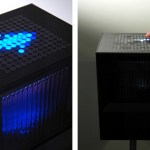



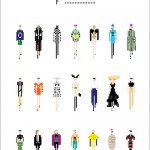

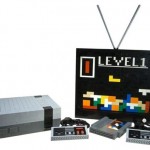
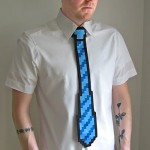
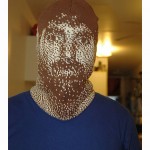
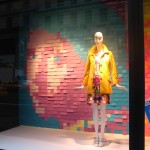
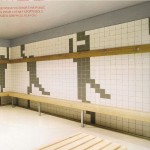

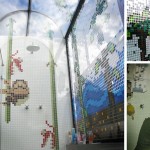
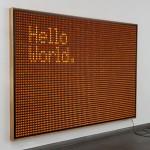

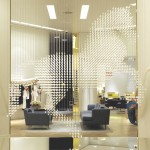
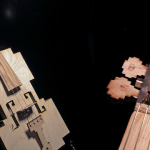
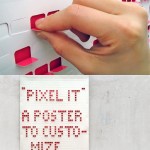
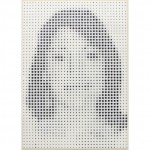
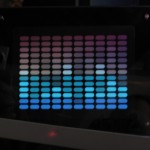



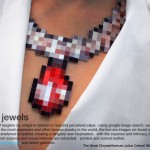
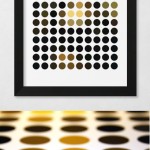

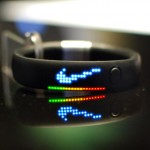
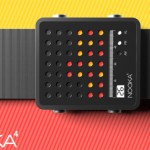
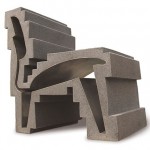

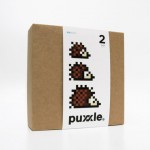

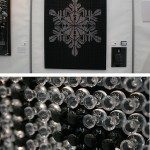
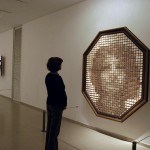
I love this trend! I didn’t realize there were so many pixel designs out there. Think it will last?
We think it has at least a couple more years of life in it, especially in categories where it hasn’t appeared yet. I would be hesitant to use it in the ironic fashion accessory market at this point (one of the first places it appeared), but longer-wavelength categories like furniture, automotive, and even consumer electronics still have high potential.
-AWOL Trends